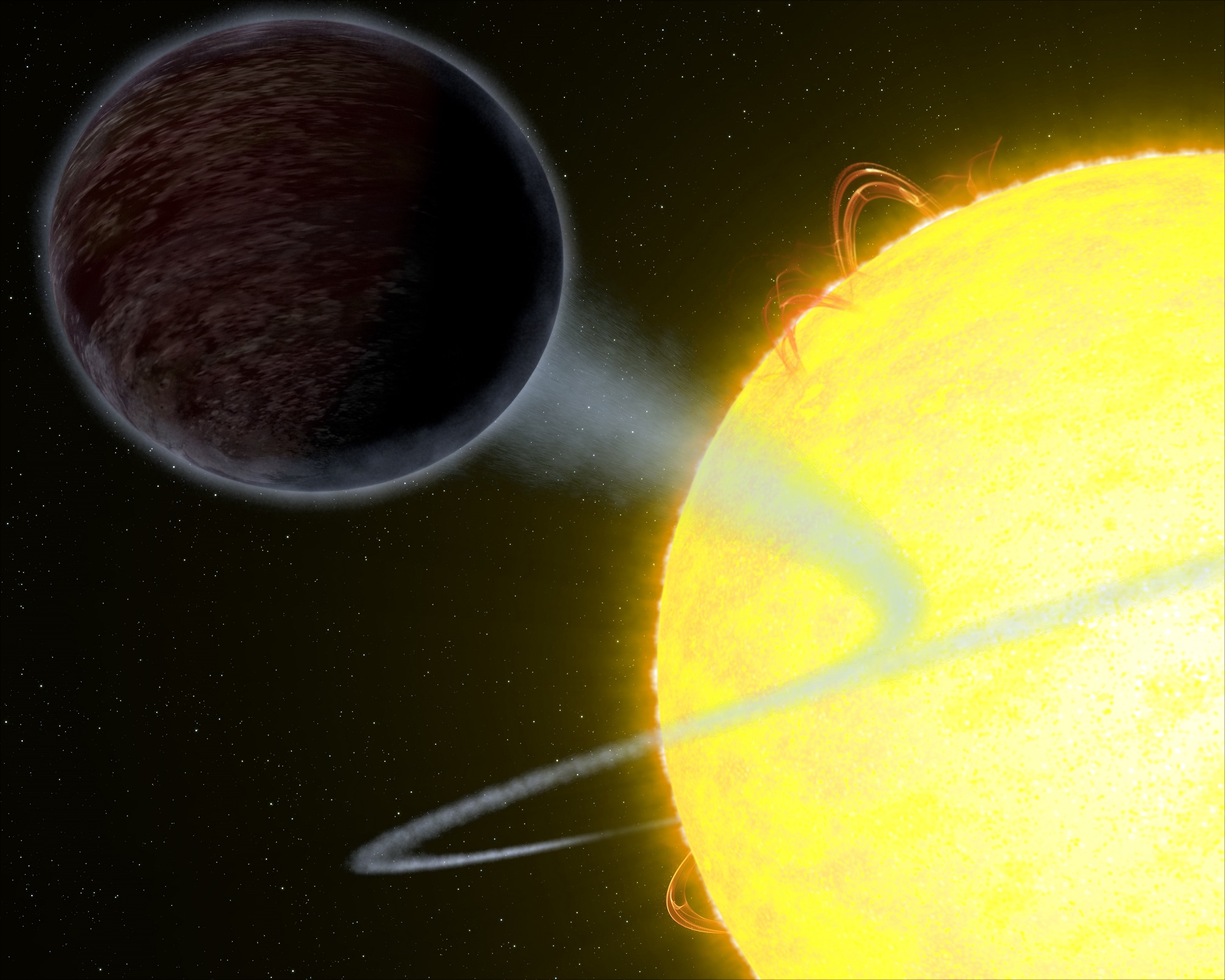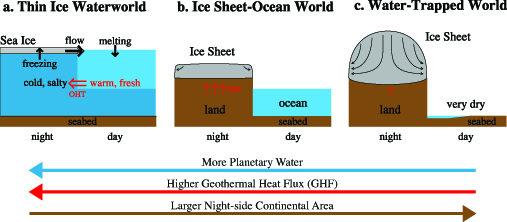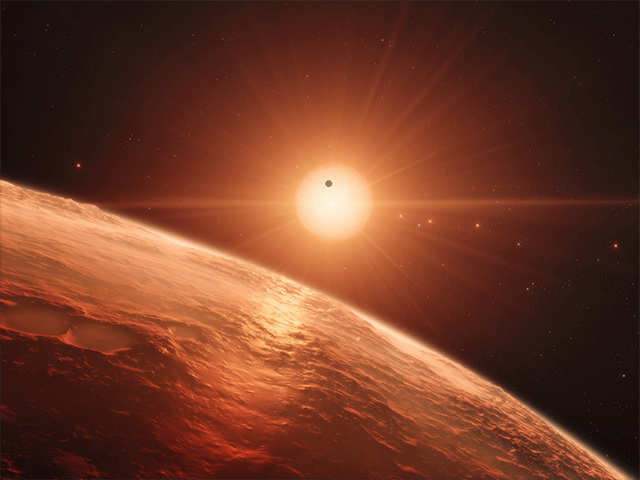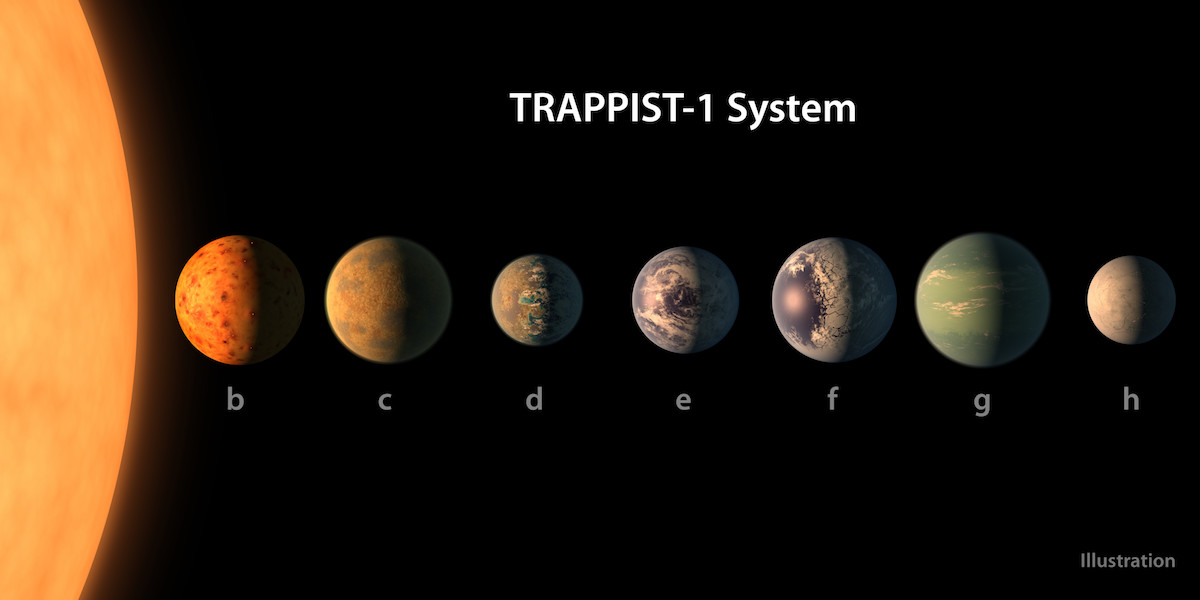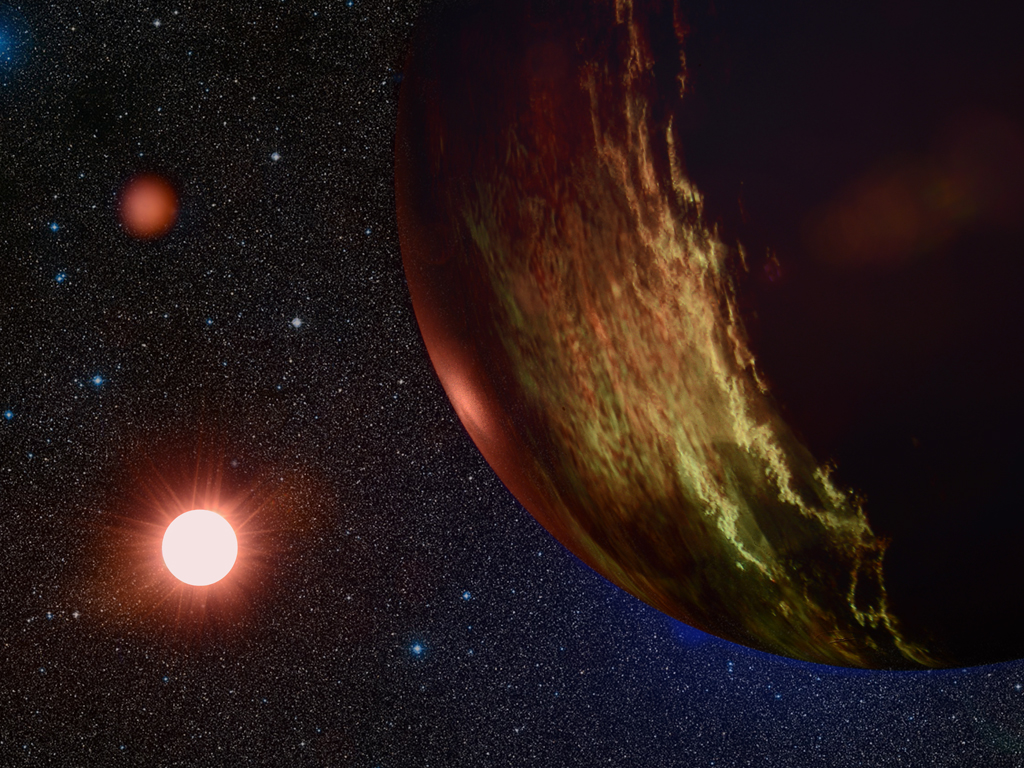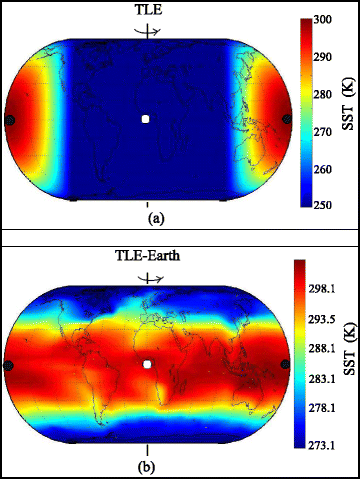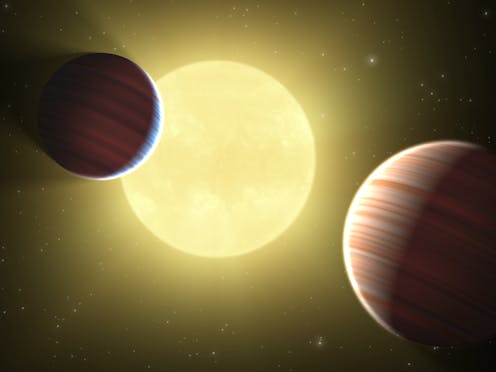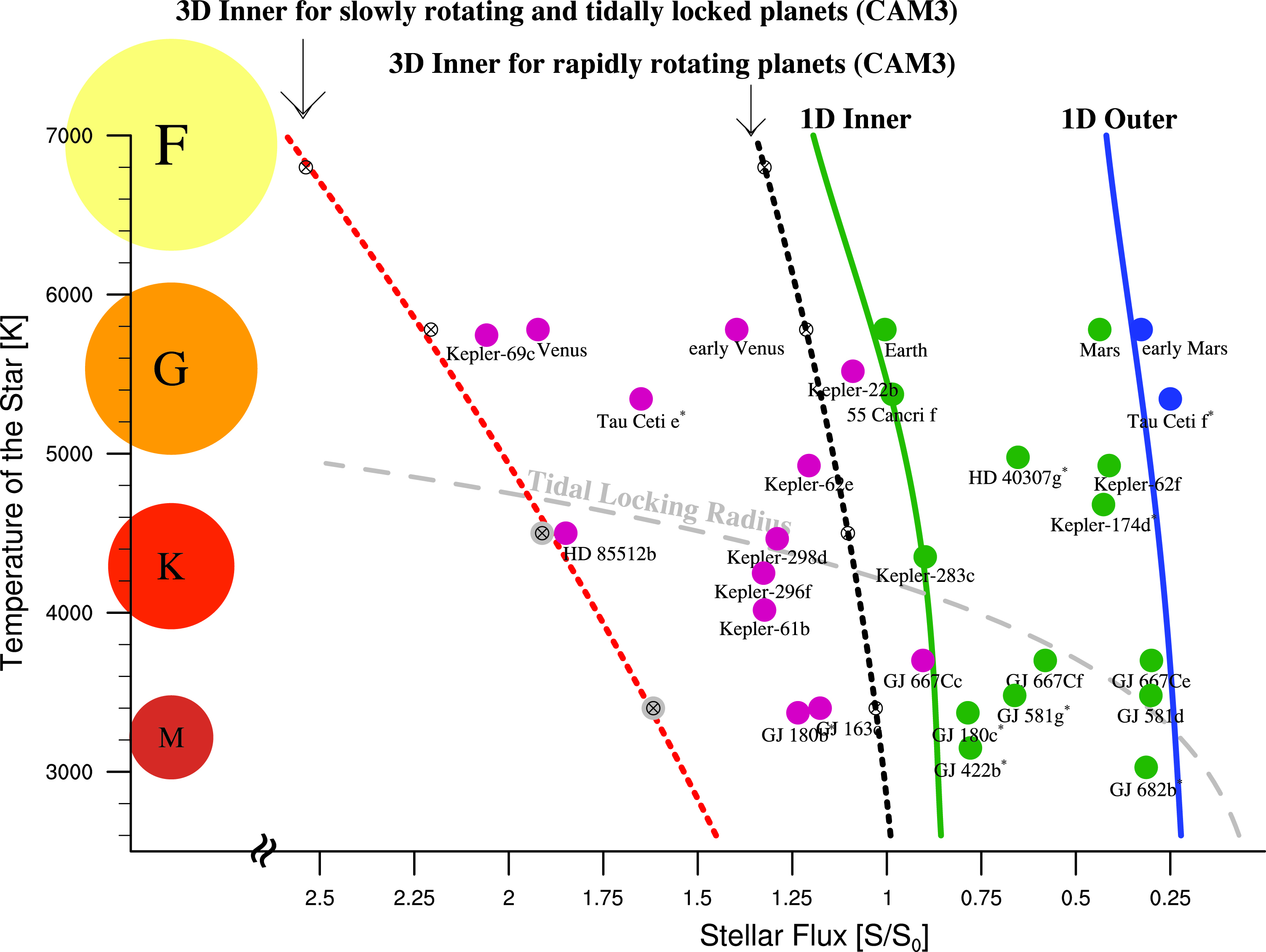Tidally Locked Planets And Solar Panels

Tidally locked planets planets with one side perpetually facing their star while the other remains shrouded in darkness tend to be warmer on one side than the other.
Tidally locked planets and solar panels. The exoplanet proxima centauri b discovered in 2016 that orbits around proxima centauri is tidally locked expressing either synchronized rotation or a 3 2 spin orbit resonance like that of mercury. For a tidally locked planet there is no day or night only freezing darkness on one side and burning constant sunlight on the other. Tidally locked planets earth at twilight no sudden sharp boundary marks the passage of day into night. A number of worlds in our own solar system are tidally locked including our moon and any number of exoplanets that orbit their own stars in other solar systems may be tidally locked as well.
Independent of orbital configuration we suggest that airborne dust can postpone planetary water loss at the inner edge of the habitable zone through a feedback involving decreasing ocean coverage and increased dust loading. As someone with experience with installing solar panels the panels should be ideally pointed at the sun obviously. You specify a tidally locked planet not moon like earth s moon and so the idea would be your planet would have no atmosphere and tidally locked with it s star. One form of hypothetical tidally locked exoplanets are eyeball planets which in turn are divided into hot and cold eyeball planets.
The presence of an. For example the lunar tidal acceleration at the earth s surface along the moon earth axis is about 1 1 10 7 g while the solar tidal acceleration at the earth s surface along the sun earth axis is about 0 52 10 7 g where g is the. On tidally locked planets dust cools the day side and warms the night side significantly widening the habitable zone. Independent of orbital configuration we suggest that airborne dust can.
Even with an atmosphere the dayside of the planet could be exposed to deadly radiation. But on a tidally locked world a violent enough solar disruption could get rid of a second atmosphere too. When gravitational forces slow or accelerate the rotation of an astronomical body it can become tidally locked to its parent body in this example a planet is tidally locked to its star. The tidal accelerations at the surfaces of planets in the solar system are generally very small.
For a tidally locked planet there is no day or night only freezing darkness on one side and burning constant sunlight on the other.






